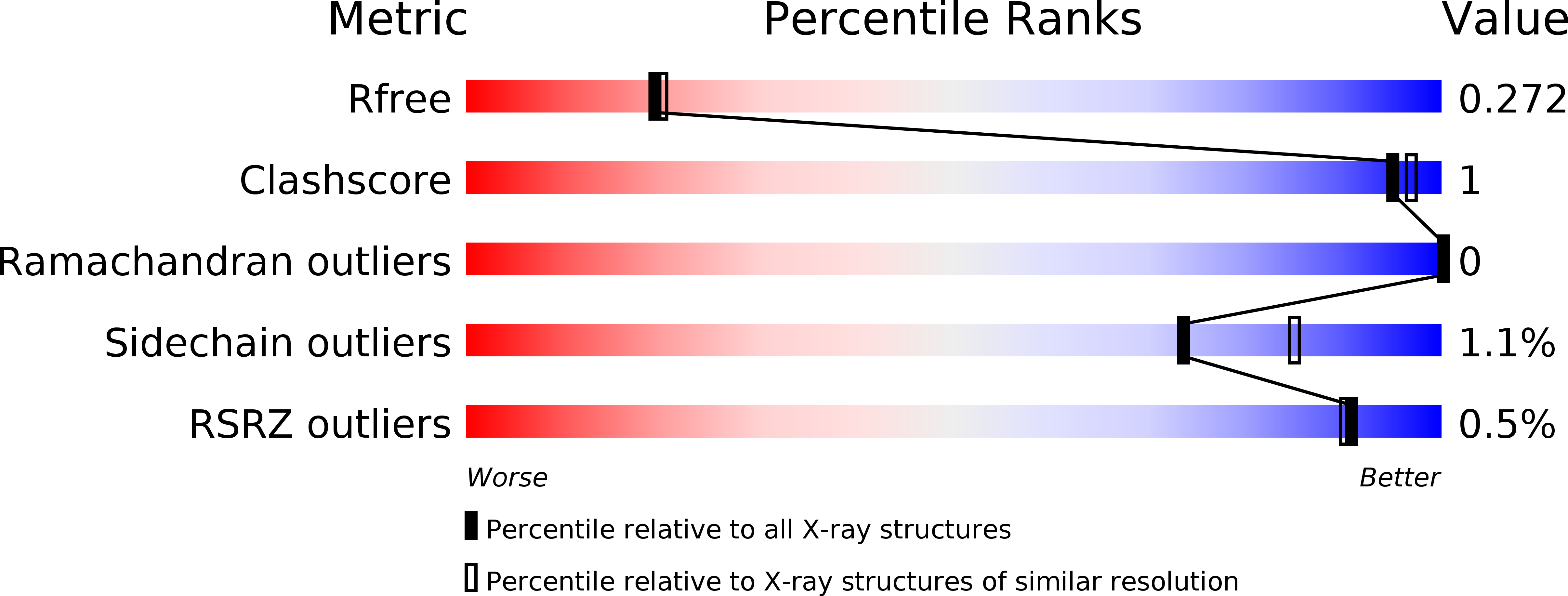
Deposition Date
2017-07-28
Release Date
2017-11-29
Last Version Date
2024-01-17
Entry Detail
Biological Source:
Source Organism:
Bacteroides thetaiotaomicron (Taxon ID: 818)
Host Organism:
Method Details:
Experimental Method:
Resolution:
2.20 Å
R-Value Free:
0.27
R-Value Work:
0.23
R-Value Observed:
0.23
Space Group:
P 21 21 21


